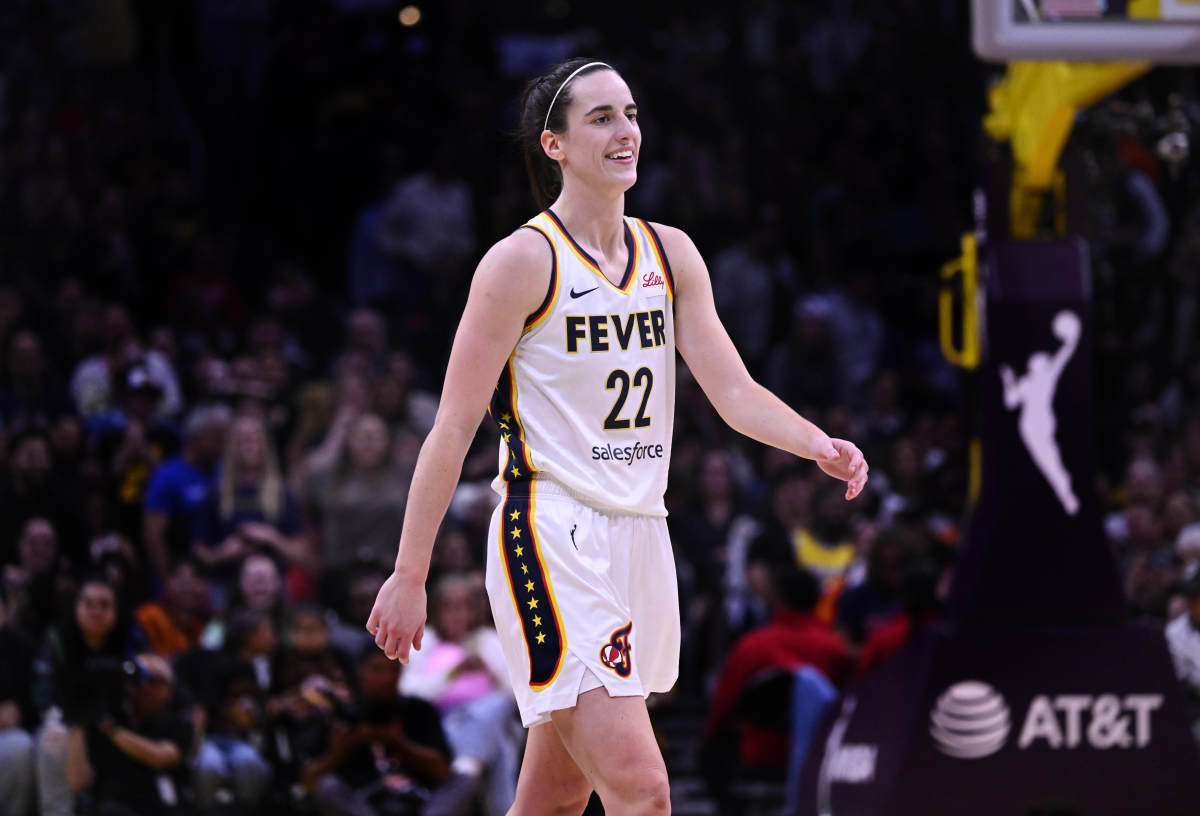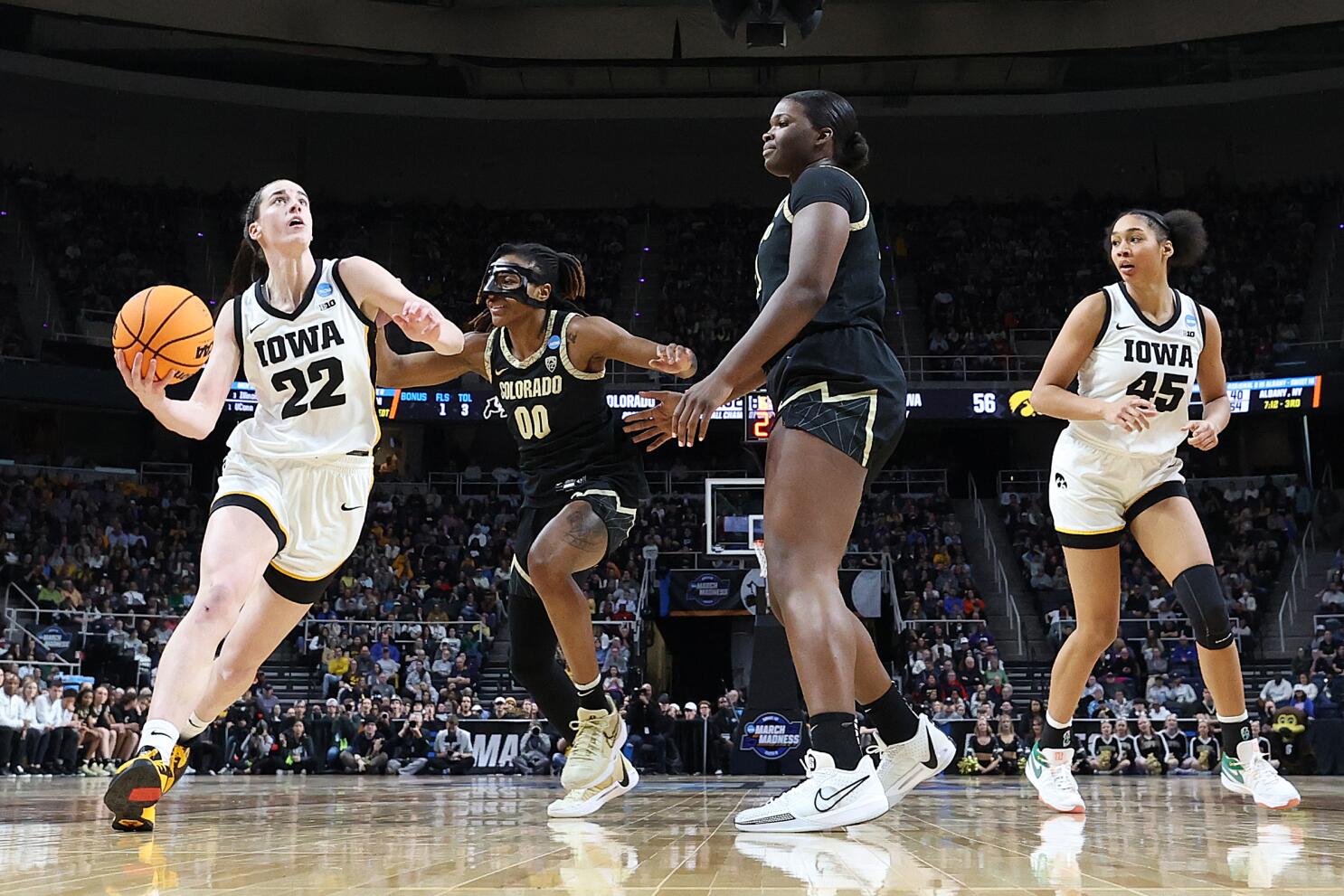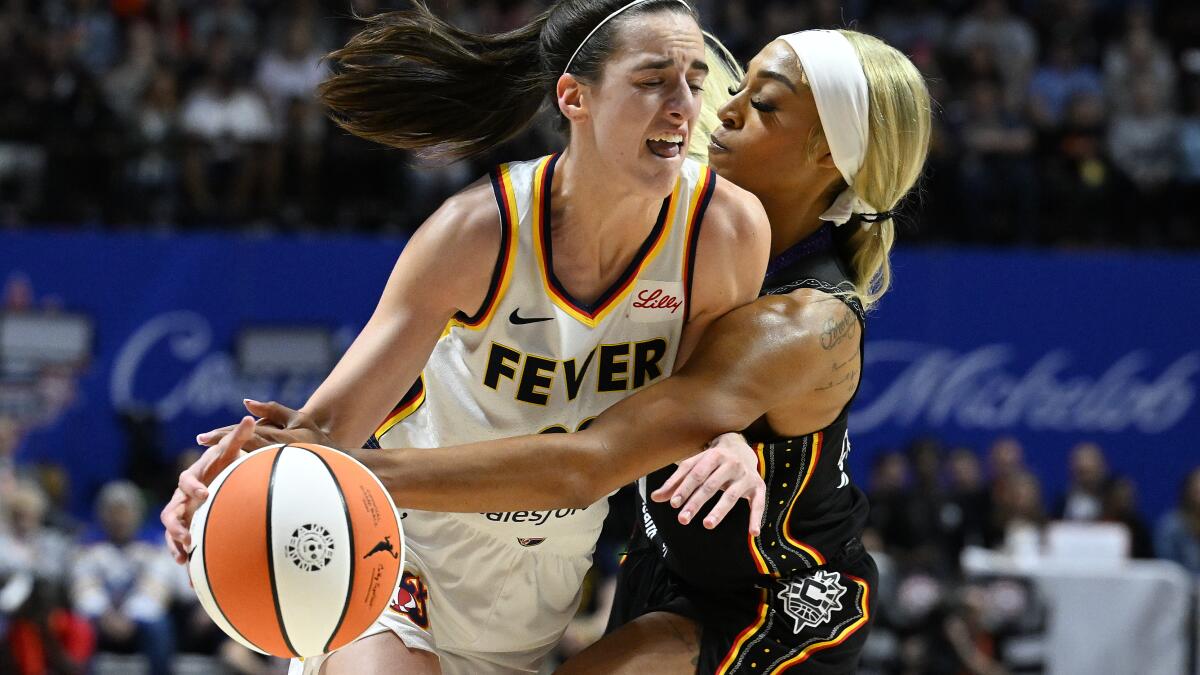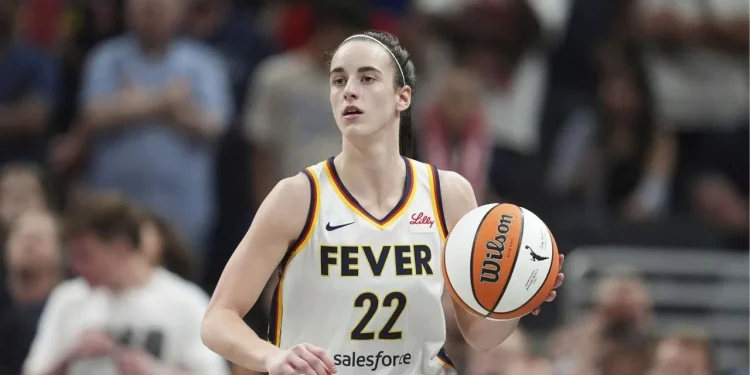In a recent episode of FS1’s Speak, NFL legend LeSean McCoy made waves by drawing a striking parallel between WNBA rising star Caitlin Clark and NBA icon Michael Jordan. The discussion heated up following Chennedy Carter’s controversial foul during the Chicago Sky vs. Indiana Fever game, which has sparked debates across the sports world.

The Incident that Sparked the Conversation
During the heated matchup, Carter’s hard foul on Clark led to a flurry of reactions, both on the court and off. McCoy did not mince words when discussing the foul, describing it as an act of pure animosity rather than a strategic basketball play.
“That’s hate. There’s no basketball part of that,” McCoy stated emphatically. He pointed out the troubling response from Carter’s teammates, who cheered and clapped on the sidelines. “If I’m playing football, and someone’s doing something dirty to the quarterback, and then you look to the sidelines where the team is at, and they’re clapping, you can see there’s conversations of hate going on.”
Drawing Parallels to Michael Jordan
McCoy further elaborated by comparing Caitlin Clark’s current challenges to those faced by Michael Jordan during the early years of his career with the Chicago Bulls. He highlighted the infamous “Jordan Rules,” a defensive strategy employed to limit Jordan’s impact on the game, which often involved aggressive and borderline unsportsmanlike tactics.

“The biggest problem is the commissioner,” McCoy noted. “When Michael Jordan was Michael Jordan, and before he kind of ran the NBA, he was that superstar that was coming in. It was the Jordan rule… It was part of trying to execute a plan against the greatest player we have seen in the game. At that time, was the biggest exciting player, like Caitlin is… David Stern the commissioner said, ‘Hold up. Y’all not about to mess up the biggest thing for the NBA.’ Which was Michael Jordan.”
A Call to Action for the WNBA Commissioner
McCoy’s message was clear: the WNBA must protect and nurture its burgeoning star. He called on WNBA commissioner Cathy Engelbert to take decisive action, much like former NBA commissioner David Stern did for Michael Jordan.
“The commissioner needs to step in there and say, ‘Y’all are not about to mess up the biggest thing that’s bringing all this awareness to our game,'” McCoy urged. His comparison underscores the potential Clark holds for the WNBA and the necessity for league officials to ensure her safety and growth within the sport.

The Future of Caitlin Clark in the WNBA
Clark’s rise to prominence mirrors that of Jordan’s in many ways. Both athletes have brought unprecedented attention and excitement to their respective leagues, and both have faced significant challenges along the way. The manner in which the WNBA handles this situation could very well define the league’s future and its ability to cultivate and protect its stars.
Clark, like Jordan, represents more than just a player; she embodies a potential turning point for the WNBA. Her ability to draw crowds and media attention is crucial for the league’s growth and visibility. Ensuring her success and safety is not just about one player but about the future of women’s basketball as a whole.
LeSean McCoy’s passionate plea for the WNBA to protect Caitlin Clark highlights a pivotal moment for the league. By drawing parallels to Michael Jordan’s early career struggles and the protective measures taken by the NBA, McCoy emphasizes the importance of proactive leadership. As Clark continues to shine, the WNBA must rise to the occasion, ensuring that its brightest star can thrive without fear of undue aggression. This is not just about one player; it’s about setting a precedent for the future of the league and women’s sports as a whole.
The spotlight is now on Cathy Engelbert and the WNBA leadership to make the right moves, echoing the actions of David Stern decades ago. Caitlin Clark’s journey is just beginning, and with the right support, it promises to be as transformative for the WNBA as Michael Jordan’s was for the NBA.
Source- SI









